Sustainability Initiatives
The increasing emphasis on sustainability appears to be a pivotal driver for the 3-Piece Metal Can Market. As consumers become more environmentally conscious, manufacturers are compelled to adopt eco-friendly practices. Metal cans are recyclable, which aligns with the growing demand for sustainable packaging solutions. In fact, the recycling rate for metal packaging is notably high, often exceeding 70 percent in various regions. This trend not only reduces waste but also conserves resources, making metal cans an attractive option for brands aiming to enhance their sustainability profiles. Furthermore, regulatory frameworks are increasingly favoring sustainable materials, which could further bolster the market for 3-piece metal cans. Companies that prioritize sustainability may find themselves gaining a competitive edge in this evolving landscape.
Health and Safety Regulations
Health and safety regulations are playing a crucial role in shaping the 3-Piece Metal Can Market. Stringent regulations regarding food safety and packaging materials are compelling manufacturers to ensure that their products meet high standards. Metal cans are often favored for their ability to provide a hermetic seal, which helps in preserving the quality and safety of food and beverages. Compliance with these regulations not only protects consumers but also enhances brand reputation. As regulatory bodies continue to enforce these standards, manufacturers are likely to invest in high-quality materials and production processes. This focus on safety and compliance may drive the demand for 3-piece metal cans, as brands seek reliable packaging solutions that align with regulatory requirements.
Emerging Markets and Urbanization
Emerging markets and urbanization are contributing to the growth of the 3-Piece Metal Can Market. As urban populations expand, there is an increasing demand for packaged food and beverages, driven by changing lifestyles and consumption patterns. In many developing regions, the rise of the middle class is leading to greater disposable income, which in turn fuels the demand for convenience products. Canned goods are often seen as a practical solution for busy urban dwellers. Additionally, the expansion of retail channels, including supermarkets and convenience stores, is making canned products more accessible to consumers. This trend suggests that the 3-piece metal can market may experience robust growth in these emerging regions, reflecting broader economic and demographic shifts.
Rising Demand in Food and Beverage Sector
The food and beverage sector is experiencing a notable surge in demand for 3-Piece Metal Can Market products. This growth is driven by the increasing consumption of canned goods, which are perceived as convenient and long-lasting. According to industry reports, the canned food market is projected to grow at a compound annual growth rate of approximately 4 percent over the next few years. This trend is likely to be fueled by the rising preference for ready-to-eat meals and the convenience they offer. Additionally, the beverage industry, particularly carbonated drinks and alcoholic beverages, continues to favor metal cans due to their ability to preserve flavor and freshness. As a result, the demand for 3-piece metal cans is expected to rise, reflecting the broader trends within the food and beverage sector.
Technological Advancements in Manufacturing
Technological advancements in manufacturing processes are significantly influencing the 3-Piece Metal Can Market. Innovations such as improved welding techniques and automated production lines are enhancing efficiency and reducing costs. These advancements allow manufacturers to produce high-quality metal cans at a faster rate, meeting the increasing demand from various sectors. Moreover, the integration of smart technologies in production facilities is enabling better quality control and waste reduction. As manufacturers adopt these technologies, they are likely to improve their competitive positioning within the market. The ability to produce customized can designs and sizes is also becoming more feasible, catering to the diverse needs of consumers and brands alike. This technological evolution may lead to a more dynamic and responsive 3-piece metal can market.


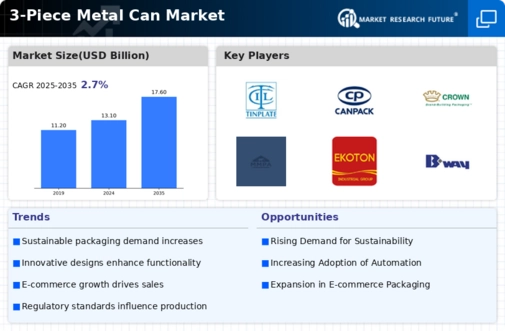
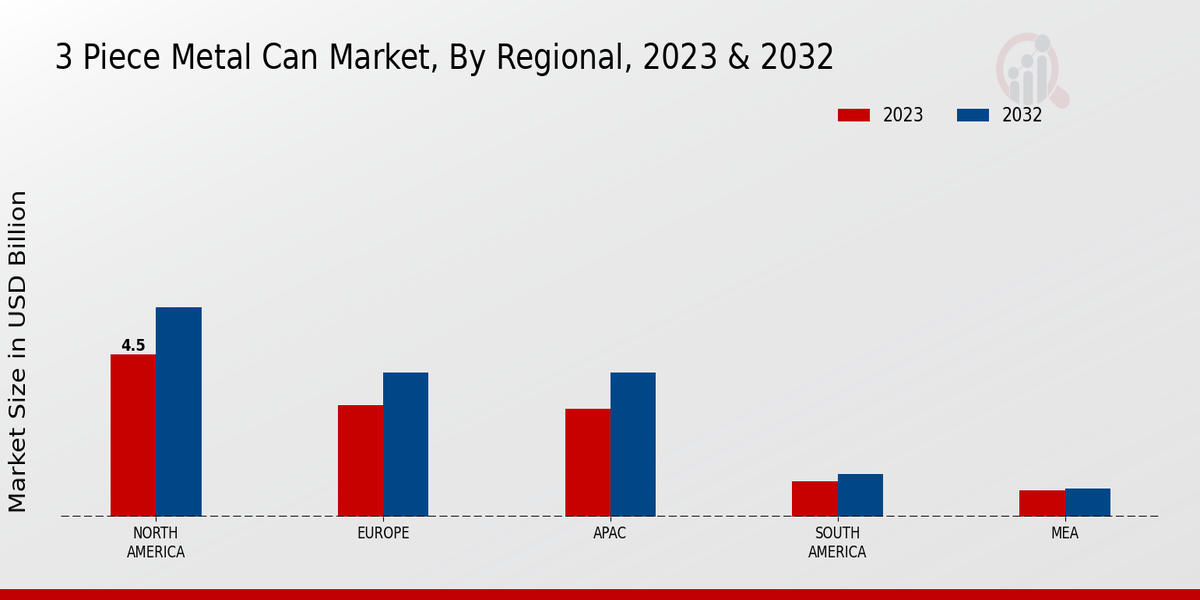
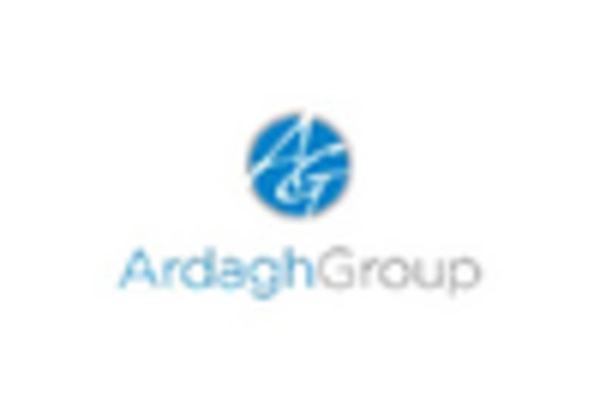
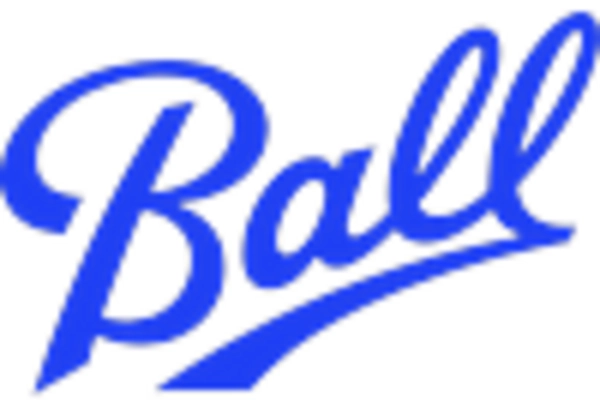
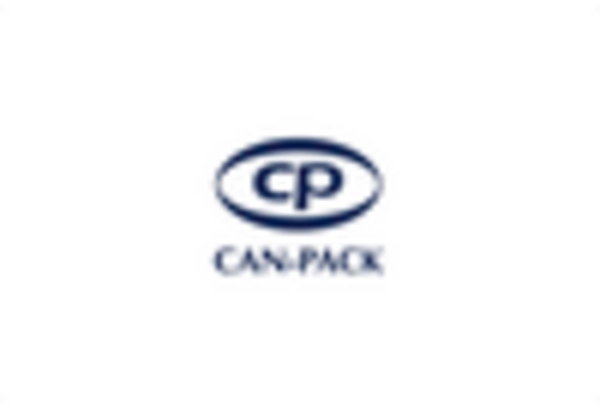
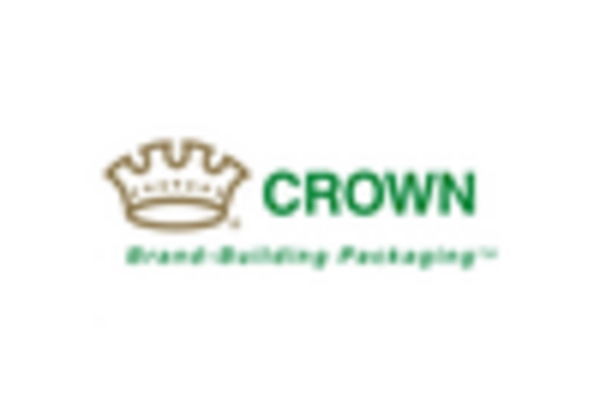
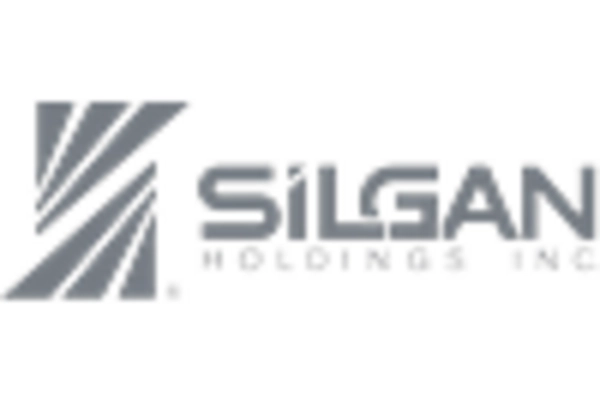
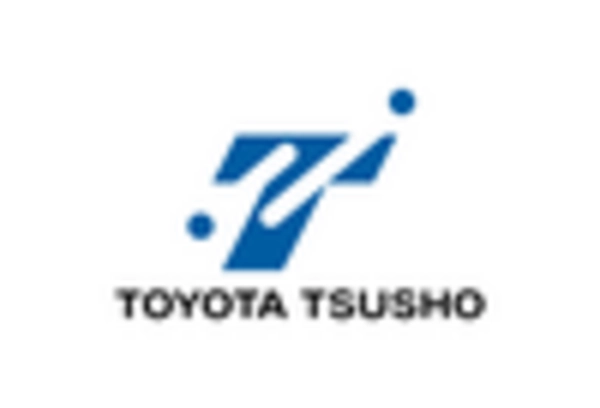








Leave a Comment